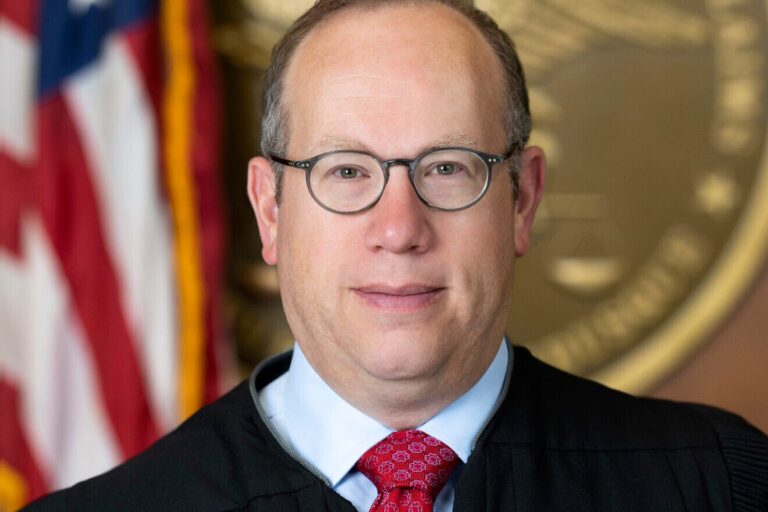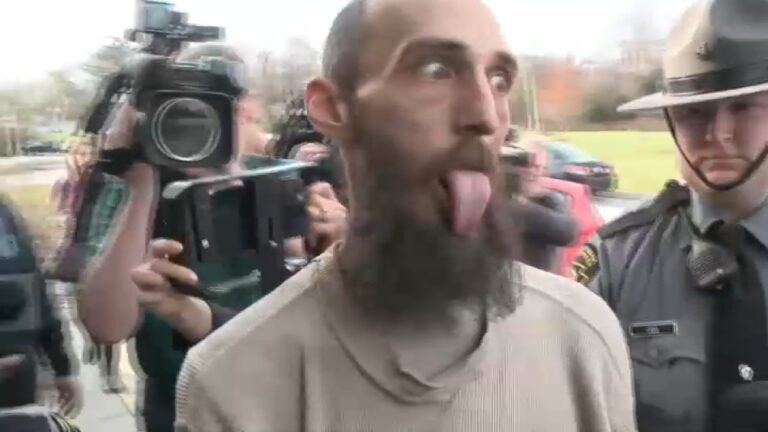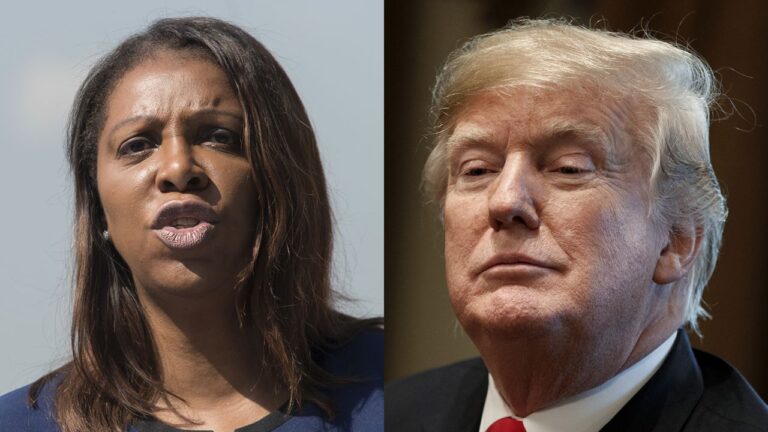 Democratic presidential candidate Bernie Sanders is packing ’em in: 10,000 people in Madison, Wisconsin. More than 2,500 in Council Bluffs, Iowa. Another 7,500 this week in Portland, Maine.
Democratic presidential candidate Bernie Sanders is packing ’em in: 10,000 people in Madison, Wisconsin. More than 2,500 in Council Bluffs, Iowa. Another 7,500 this week in Portland, Maine.
The trick for the independent senator from Vermont is to turn all that excitement into something more than a summer fling. Will those supporters caucus for him on a cold winter night in Iowa? Will they volunteer to help him get out the vote a week later in snowy New Hampshire?
“We’ve only been a declared candidate for two months,” Sanders said recently in tiny Storm Lake, Iowa. “In a certain sense, our momentum is outpacing our infrastructure.”
In presidential politics, infrastructure matters. For Sanders to turn his insurgent campaign into a viable challenge against unquestioned front-runner Hillary Rodham Clinton, he will need to covert those willing to come hear him speak in the summer of 2015 into volunteers, donors and — ultimately — voters in 2016.
For all the crowds that Sanders is attracting, and the attention he’s getting for them, he remains far behind Clinton in the work of building a campaign organization. He has a few more than 50 paid staffers in all. Clinton has nearly 50 organizers in Iowa alone, as well as at least one every other state.
“The grassroots movement behind this campaign has been much faster than I think anyone could have anticipated,” said Sanders campaign manager Jeff Weaver. “The organization is trying to catch up to where the people are.”
More than 100 people crowded into the Better Day Cafe in Storm Lake to hear Sanders. A table at the front of the restaurant held clipboards with sign-up sheets, where people could fill in their name, email address and phone number — as well as a box to check if they planned to caucus for Sanders. By the end of the event, many had signed up, but few had checked the box indicating how they’d caucus.
Brian Gerjets, co-chair of the Cherokee County Democrats, said that while Sanders had drawn 200 people to an event earlier in the day, “out of that 200 people, he’ll be lucky to get to 10 percent” to show up in person and support him on caucus night.
Weaver said the infrastructure needed to get that turnout is coming soon. Sanders has more than 20 paid staffers in Iowa, with more scheduled to come aboard next month. In New Hampshire, he has four paid staffers, but the state will get a “big jump soon,” Weaver said.
At every event, Sanders’ campaign collects email addresses and cellphone numbers. The audience is asked to send a text message to a number operated by the campaign, another way to connect with supporters. The campaign is holding its first organizing day July 29.
These are campaign practices perfected by Barack Obama’s campaign in 2008 and 2012, and ones that Clinton’s campaign — led by campaign manager Robby Mook, a Vermont native very familiar with Sanders’ appeal — is deploying on a scale that far exceeds what Sanders has done so far.
The former secretary of state’s campaign said Tuesday it had directly contacted more than 16,000 Iowans and held more than 3,000 in-depth, one-one-one meetings to urge them to commit to caucus for Clinton.
In a sign of Clinton’s blanket approach across the state, her campaign said it had a committed supporter in each of the state’s 1,682 precincts — people able to advocate for her in person on caucus night. That breadth of support is crucial, said former Obama campaign aide Mitch Stewart, who oversaw Obama’s field operation in Iowa in 2008 and battleground states in 2012.
“If it’s just deep in a couple of urban areas or particularly liberal areas, that’s not going to translate into caucus success,” he said.
The rallies for which Sanders has won attention in the past few weeks stem in part from his close second-place finish to Clinton at a straw poll held during the Wisconsin Democratic Party convention. His team quickly booked an appearance in Madison, the liberal home of the University of Wisconsin, and filled the city’s Veterans Memorial Coliseum with 10,000 people.
“We saw what happened without the benefit of organizing in the Wisconsin straw poll,” said Tad Devine, Sanders’ chief strategist. “The light went off with us and we said, ‘This could be a big opportunity.'”
For the big rallies, Sanders is picking places where he can attract a crowd while also tapping into voters in Iowa and New Hampshire. Monday’s speech in Maine drew interest in nearby New Hampshire. Another speech is planned soon for Boston. “It’s an echo chamber that gets back to the early voters,” Devine said.
For her part, Clinton appears in no rush to match Sanders when it comes to drawing a crowd. She ended her campaign day Tuesday at a house party in Ottumwa, Iowa, speaking to about 60 people gathered in a living room.
“It’s really simple. This campaign is just about 90 days old. As of Sunday, it will be three months,” Clinton said. “What I am trying to do is at least have enough of an opportunity to have a conversation with people. There will be plenty of time for huge events, for interviews, for all of that.”
(AP)











2 Responses
Sanders is to the Republicans what Trump is to the Democrats – the best hope for a landslide.
Sanders is so far to the left he makes Obama, even as he is today after having given up being the middle-of-the-roader when he was running for office, seem like a tea partier. Sanders is a hard core atheist marxist running on a platform of destroying America as we know it.
He might impact Clinton and other Democrats, but he has no chance of winning.
Sanders isn’t Marxist, he is a Democratic Socialist. Think David Ben-Gurion, not Joseph Stalin. He is not religious and admits that and that unfortunately puts him in the same category as too many other Jews. But I have seen no statement from him that would cause him to be classified as an atheist.
He was mayor of Burlington, Vermont, his state’s largest city. His policies were continued by leftist successors. (Democrats finally took back control just three years ago.) Despite the fact that it has lost most of its manufacturing industry, its unemployment rate is now 2.6%, half the national average. May we have more such destruction.